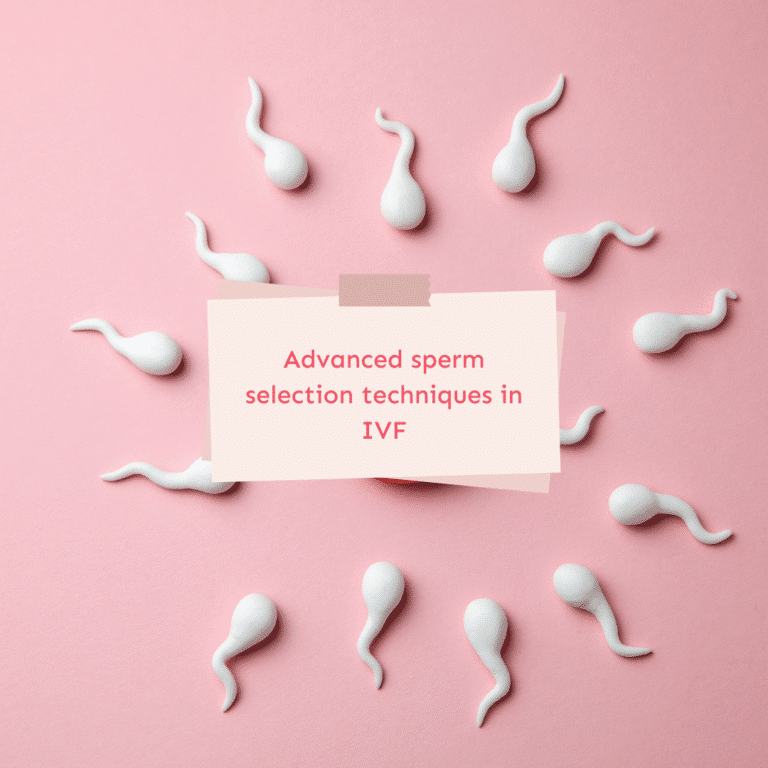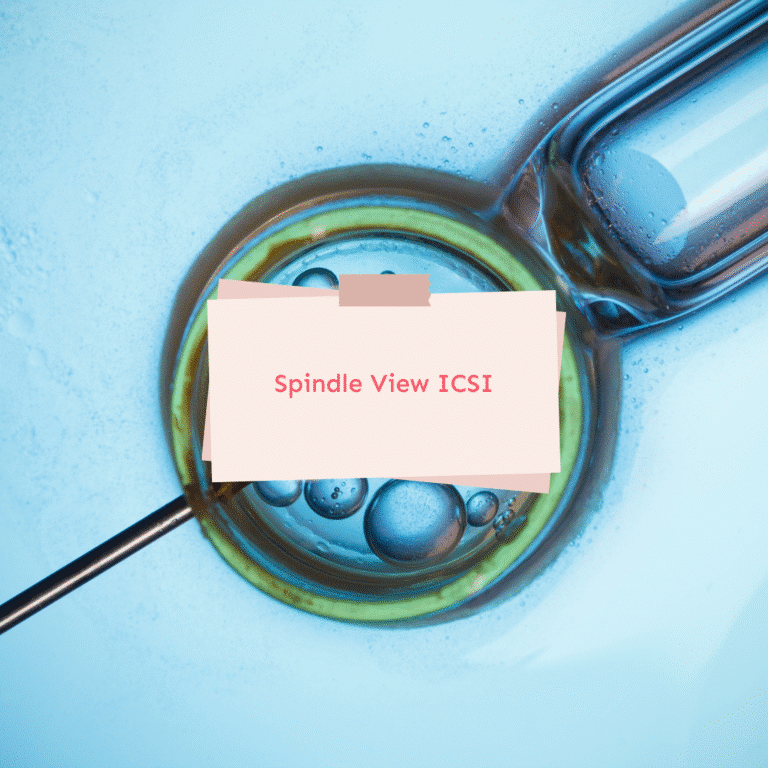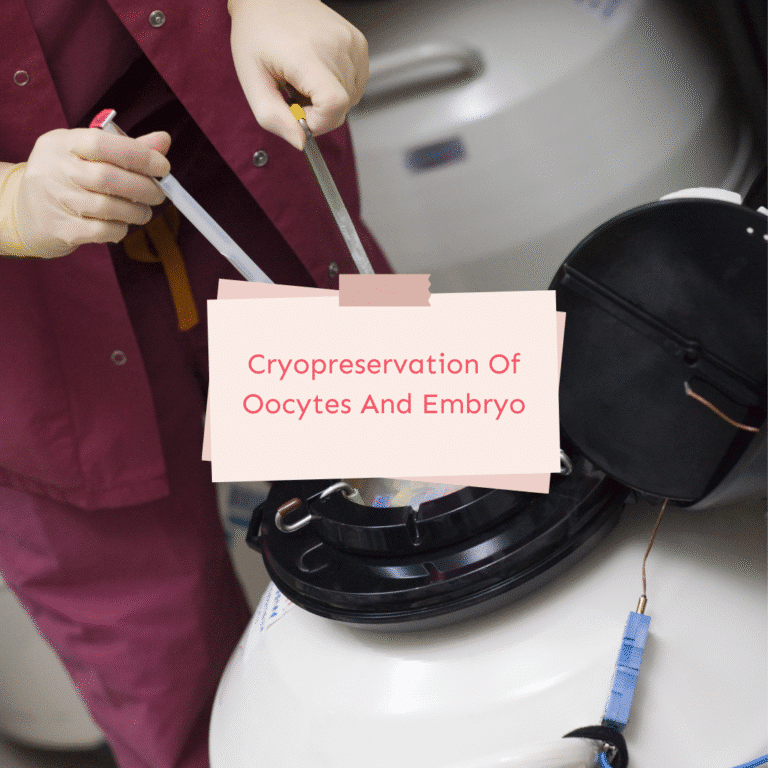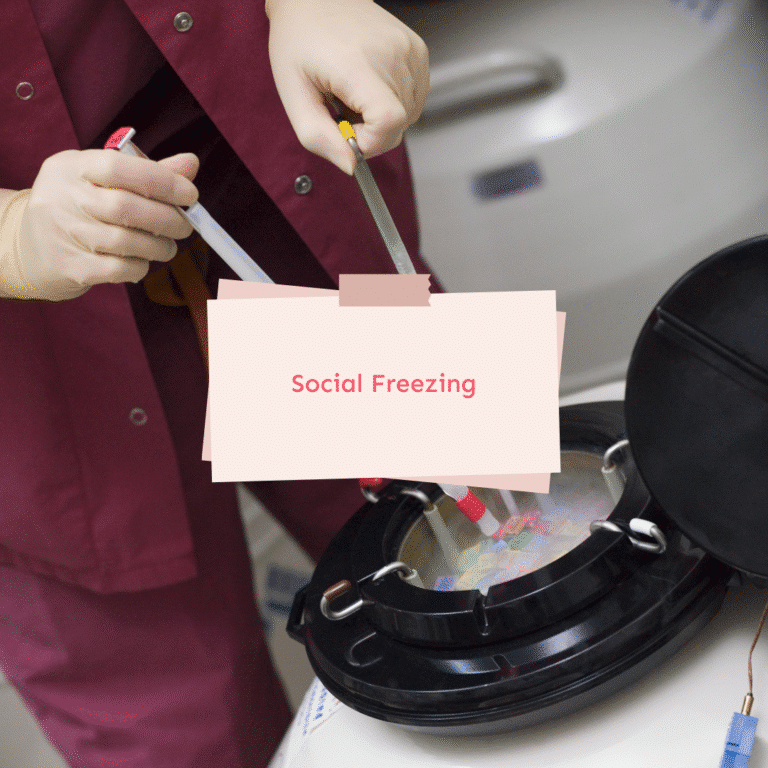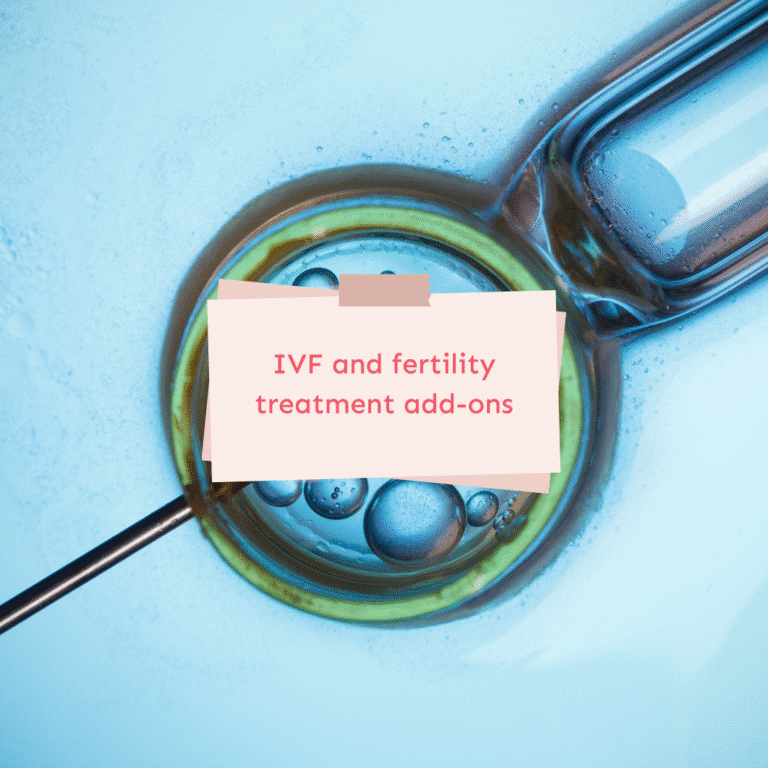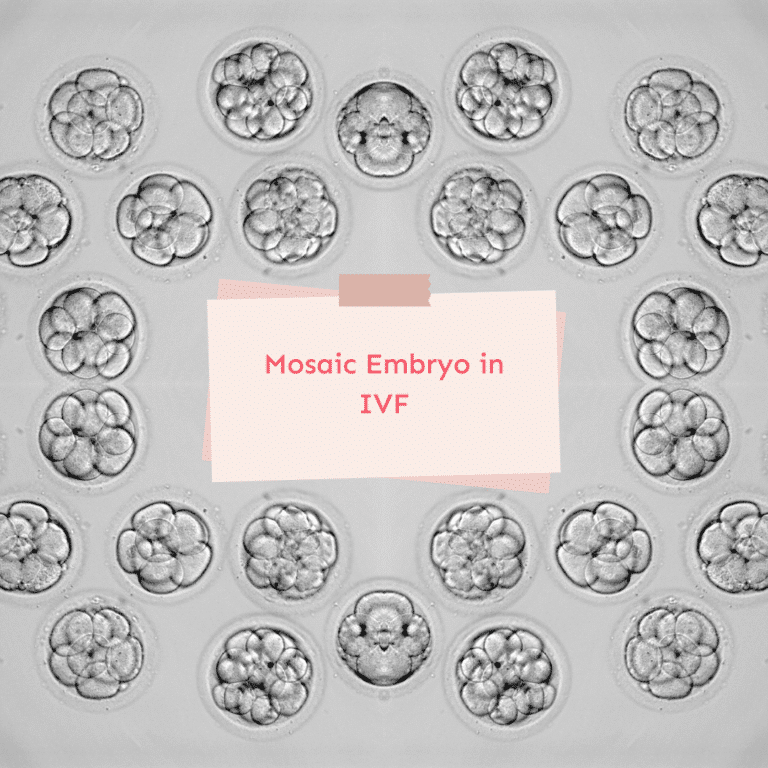What Are Male infertility treatment and Surgical Options?
When we talk about fertility struggles, the focus is often placed on women – but the truth is, male infertility may account for nearly half of all cases. Many couples only discover this when they begin the journey to conceive and start looking for answers. For some, the issue lies in sperm production or motility. For others, it’s about a blockage or past surgery. Whatever the cause, it’s important to know that male factor infertility is common – and that there are effective treatment options available.
This article looks at the main causes of male infertility and explores different surgical procedures designed to retrieve sperm – even in cases where there’s no sperm in the ejaculate. We’ll also talk about what happens when you’ve had a vasectomy, how testicular conditions like varicocele can affect your reproductive health, and what to expect when choosing a treatment plan. Our goal is to make it easier for you to understand your body, your options, and the next steps – whether you’re just starting to ask questions or already considering assisted reproductive techniques like IVF or ICSI.
Understanding male infertility and its causes
When a couple struggles to conceive, many people assume the issue lies with the woman. But in reality, male infertility is just as common. It can happen for many reasons – from problems with sperm production to blockages in the reproductive ducts, or past infections that damaged the testicles. For some men, the body doesn’t produce sperm at all. For others, sperm are produced, but never make it into the semen. That’s why semen analyses are usually one of the first steps when investigating the causes of infertility. Understanding what’s going on in the male reproductive system is essential to finding an effective treatment.
How fertility issues in men are often overlooked
There’s a surprising silence around fertility in men. Many only realise there’s a problem after months – or even years – of trying to conceive without success. Because men don’t usually show symptoms, male infertility often goes undetected until the male partner has a sperm analysis. Some feel ashamed or alone when they hear the results. But the truth is, sperm issues are far more common than most realise – and you’re definitely not alone if you’re dealing with male infertility. The good news is that most cases have a clear explanation, and even when sperm is not present in the ejaculate, there are ways to retrieve sperm and try to conceive.
What affects sperm quality, production and ejaculation
The number of sperm, their shape, and how they move – known as motility – all play a role in whether conception can happen. Sometimes the testicles don’t produce enough healthy sperm. In other cases, sperm production is fine, but the sperm can’t travel properly due to a blockage in the vas deferens or damage to the epididymis. Infections, trauma, hormonal imbalances, or even conditions like varicocele – which causes swelling of the veins near the testicle – can all have a negative effect on sperm quality. Even lifestyle factors like smoking, poor diet, or obesity can reduce sperm count or damage the motility of the sperm. It’s a complex system, and even small disruptions can affect fertility.
Common treatments for male infertility
Before any surgical procedure is considered, doctors usually look at simpler ways to improve sperm health. Not every fertility issue in men requires surgery – and in many cases, male infertility can be treated with lifestyle changes, hormonal support or medication. The right treatment for male infertility always depends on the underlying cause. That’s why a good diagnosis is the first and most important step.
Lifestyle changes that can improve sperm health
For many couples, the road to fertility begins with everyday changes. Reducing stress, improving sleep, avoiding alcohol, quitting smoking and eating a balanced diet can all help improve sperm quality. These steps may seem basic – but they really can make a difference. Especially for men with low sperm count or poor motility, supporting the body with better habits gives the testicles the best chance to produce sperm effectively. And while it might not be enough on its own in every case, it’s a simple and non-invasive place to start.
Hormonal and medical treatment for male infertility
In some men, hormone levels are the reason behind poor sperm production or abnormal semen parameters. When the brain doesn’t send the right signals to the testes, medications or hormone injections can sometimes stimulate sperm production again. This kind of infertility treatment is especially helpful when the cause of male infertility lies in hormonal dysfunction – not in a physical blockage. But it takes time, and regular semen analyses are needed to monitor progress. In more complex cases, especially where no sperm is found in the ejaculate, your doctor may suggest moving towards sperm extraction or surgical options to retrieve sperm directly from the reproductive organs.
“No sperm? That doesn’t exist here. We always find one – even in AOT.”
A Trusted clinic in the Czech Republic, specialising in surgical sperm retrieval
When surgical sperm retrieval is needed
Sometimes, lifestyle changes or hormonal treatment simply aren’t enough. For men who don’t have sperm in their ejaculate – a condition known as azoospermia – the only way to become a biological parent may be through surgical sperm retrieval. This sounds daunting at first, but it’s actually more common than most people think. These procedures allow doctors to retrieve sperm directly from the testicle or nearby structures, using microsurgery or fine needles. The goal is simple: find healthy sperm cells that can be used in assisted reproductive techniques like IVF or ICSI. The exact method depends on where sperm is being produced, and whether there’s a blockage in the ducts.
What is testicular sperm extraction and how does it work
Testicular sperm extraction (often called TESE) is a surgical procedure that helps men who produce sperm but have none in their semen. In this case, sperm are trapped inside the testicle and can’t make it through the reproductive ducts. During the procedure, a small incision is made in the scrotum to access the testicle, and tiny pieces of tissue are removed for examination. From this tissue, doctors extract sperm – sometimes just a single sperm cell – which can later be used in an IVF cycle with intracytoplasmic sperm injection. This method is also helpful for men who’ve had a vasectomy or other types of duct obstructions.
Differences between TESA, TESE and micro-TESE procedures
While TESE involves a small incision, TESA – or testicular sperm aspiration – is even less invasive. A thin needle is used to collect tissue directly from the testicle without any cutting. Both techniques aim to retrieve sperm, but micro-TESE takes it a step further. In micro-TESE, the surgeon uses a high-powered microscope to find the best spots in the testicle where sperm production is still happening. This helps improve the chances of finding sperm in men with extremely low sperm count. These procedures are usually done under anaesthesia, and the sperm retrieved directly can either be used fresh or stored through cryopreservation for future treatment.genetics, and your time. And it deserves to be handled with care – by the clinic and by you.
Treatments when sperm can’t pass through the ducts
In some men, sperm is produced normally – but can’t reach the semen due to a physical blockage in the reproductive tract. This can happen because of scarring, past infections, surgery or a vasectomy. In these cases, doctors use special techniques to retrieve sperm from the epididymis – the long, coiled tube behind each testicle where sperm matures before ejaculation. This kind of sperm retrieval works well in cases of obstructive azoospermia and is often combined with IVF. If you’re considering assisted reproductive technologies, it’s important to know that sperm from the epididymis can be just as successful as sperm retrieved from the testicle.
MESA and PESA – how doctors retrieve sperm when there’s a blockage
A less invasive option is called PESA – or percutaneous epididymal sperm aspiration. In this procedure, no surgical cut is made. Instead, a fine needle is inserted through the skin of the scrotum into the epididymis to collect sperm. This technique is quicker, done under local anaesthesia, and usually has a faster recovery. Both MESA and PESA are effective for men with blockages, including those who have been infertile since the vasectomy. The choice between them depends on your medical history, how much sperm needs to be collected, and the experience of the clinic. In many cases, using sperm retrieved through MESA or PESA offers a real chance to conceive – even after years of infertility.
Options after a vasectomy
If you or your partner had a vasectomy in the past, it’s natural to wonder whether there’s still a way to become a parent. The answer is yes – and you do have options. While vasectomy is designed as a permanent form of contraception, advances in surgical techniques now make it possible to either reverse a vasectomy or work around it by retrieving sperm directly. The best choice depends on your age, how long it’s been since the vasectomy, and what your future plans look like.
How to reverse a vasectomy and when it’s possible
A vasectomy reversal reconnects the ends of the vas deferens – the tubes that carry sperm from the testicles to the urethra. During the procedure, a surgeon uses microsurgery to carefully join the severed ends so that sperm can once again enter the ejaculate. This approach can be effective, especially when done within a few years after the original vasectomy. But it’s not always successful, especially if scarring or blockages have developed over time. Some couples choose reversal to try for a natural pregnancy, while others prefer to skip the long wait and go directly to IVF.
What to expect from vasectomy reversal vs assisted reproductive technologies
If a reversal isn’t possible or hasn’t worked, assisted reproductive techniques can still offer hope. Surgical sperm retrieval – such as TESE or PESA – allows doctors to collect sperm directly from the testicle or epididymis, even many years after the original vasectomy. This sperm can then be used in IVF, often with ICSI. One important thing to remember is that sperm retrieved in this way doesn’t appear in the semen – it’s stored or used in the lab. Some men find this approach easier than undergoing another surgery to reverse the vasectomy. Your doctor will help you decide which path is right for you, based on your history, your partner’s age, and your overall treatment plan.
How testicular conditions affect fertility
The testicles are where everything starts when it comes to sperm – and even small problems in this area can have a big impact on male fertility. Sometimes, the body produces sperm, but something interferes with their quality, motility, or ability to reach the ejaculate. This can happen for many reasons, but one of the most common – and often overlooked – causes is a condition called varicocele.
Understanding varicocele and its treatment
A varicocele is a swelling of the veins inside the scrotum, similar to varicose veins in the legs. It affects about 1 in 5 men and is more common on the left side. These enlarged veins can raise the temperature in the testicle, which may reduce sperm production and damage developing sperm cells. For some men, it also lowers the motility of the sperm – meaning they don’t swim well enough to fertilise an egg. Not every man with a varicocele is infertile, but for those who are trying to conceive, the condition can have a negative effect on sperm quality. That’s why treating male infertility often includes checking for this issue.
How infections, trauma or testicular issues impact sperm
Apart from varicocele, there are other testicular conditions that can affect fertility – such as infections like orchitis, past injuries, or even undescended testicles. These problems may interfere with the body’s ability to produce healthy sperm or cause damage to the ducts that transport them. In some cases, surgical removal of scar tissue or treatment of an underlying infection may help restore sperm health. The earlier these problems are identified, the better the chances of preserving male reproductive function. If you’ve had testicular pain, swelling, or trauma in the past, it’s worth speaking to a fertility doctor to make sure your sperm production hasn’t been affected.
Choosing the right fertility treatment
Finding the right treatment after a diagnosis of male infertility can feel overwhelming – especially when there are so many medical terms and new decisions to make. But the good news is that there are now many reproductive techniques that can help couples conceive, even when the sperm quality or count is very low. Your doctor will help you understand the possible options and create a treatment plan that fits your personal situation – medically, emotionally, and financially.
What assisted reproductive options exist when sperm is limited
When natural conception isn’t possible due to poor sperm motility or very low sperm count, assisted reproductive technologies come into play. In vitro fertilisation (IVF) is one of the most well-known approaches, and it’s often used in combination with intracytoplasmic sperm injection (ICSI). In this procedure, a single sperm is injected directly into the egg. This method makes it possible to use sperm retrieved surgically – even when there’s only a small number available. The resulting embryo is then transferred to the uterus. IVF with ICSI is considered an effective treatment for men with severe male factor infertility, especially when other approaches haven’t worked.
Combining IVF with surgical sperm extraction
In many cases, sperm retrieved directly from the testicle or epididymis can be used in an IVF cycle. Thanks to advances in sperm extraction methods and lab techniques, even men with no sperm in their ejaculate have a real chance to conceive. Whether you’ve had a vasectomy, a blockage, or a history of failed fertility treatments, combining IVF with surgical sperm retrieval may offer a promising path forward. And because the sperm can be frozen and used later, there’s also more flexibility when planning treatment with your female partner. A good clinic will explain all your options and guide you step by step – without pressure.
Your next step – how to move forward with confidence
Understanding the many reasons behind male infertility – and the treatment options available – can feel like a big relief. If you’ve made it this far, chances are you’re either gathering information for yourself or supporting a partner through this journey. Either way, you’re not alone. Whether the next step involves sperm retrieval, IVF, or simply taking time to reflect, what matters most is that your path feels right for you – not rushed, not overwhelming, but informed and supported.
If you’re considering fertility treatment abroad, it can be hard to know where to start. Legal frameworks vary by country, especially when it comes to treatments like gender selection or embryo donation. Success rates differ, as do prices, clinic standards, and the availability of advanced procedures like ICSI or sperm extraction. That’s why we’ve created a free guide to IVF destinations in Europe – including one example of a trusted clinic in Northern Cyprus, with price ranges and success data.
You’ll also find helpful information on which countries allow specific reproductive techniques, and what to look out for when planning treatment as a single woman or couple. If you’d prefer to talk things through, we also offer individual support to help you explore your options with confidence – no pressure, just clarity.











